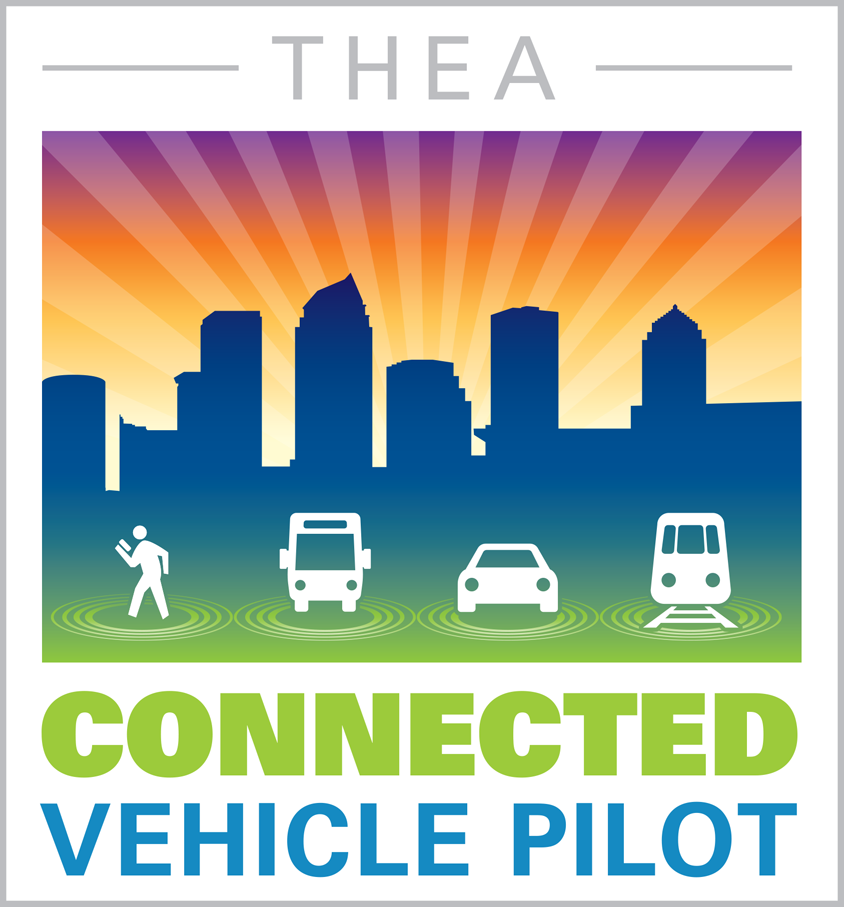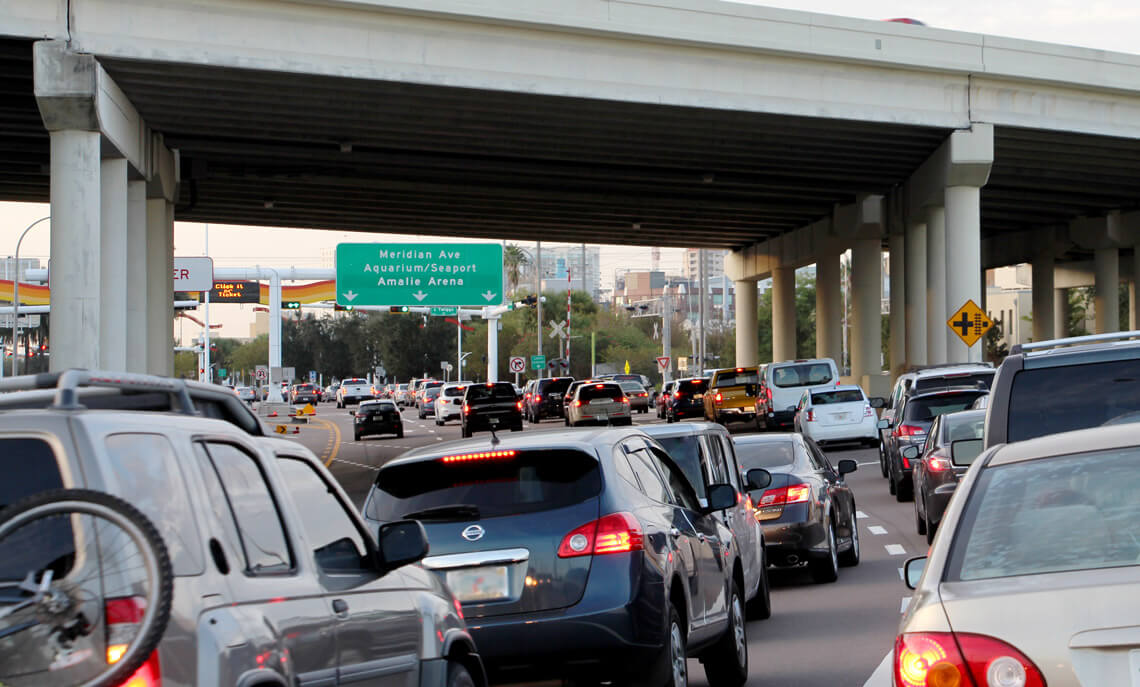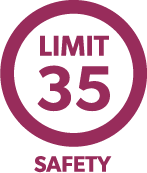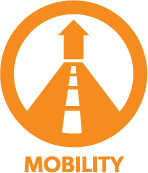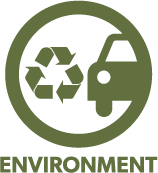Connected vehicle technology enables cars, buses, trucks, trains, roads and other infrastructure, and even smartphones and other devices to “talk” to one another. According to the U.S. Department of Transportation, connected vehicles could dramatically reduce the number of fatalities and serious injuries caused by crashes on our roads and highways.
The THEA Connected Vehicle Pilot is testing and deploying a variety of connected vehicle applications to improve safety, mobility and the environment in downtown Tampa. Participating drivers and pedestrians are expected to experience these benefits in many ways.
